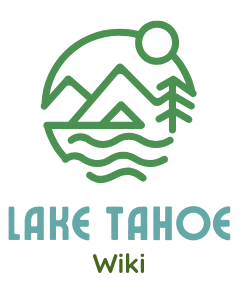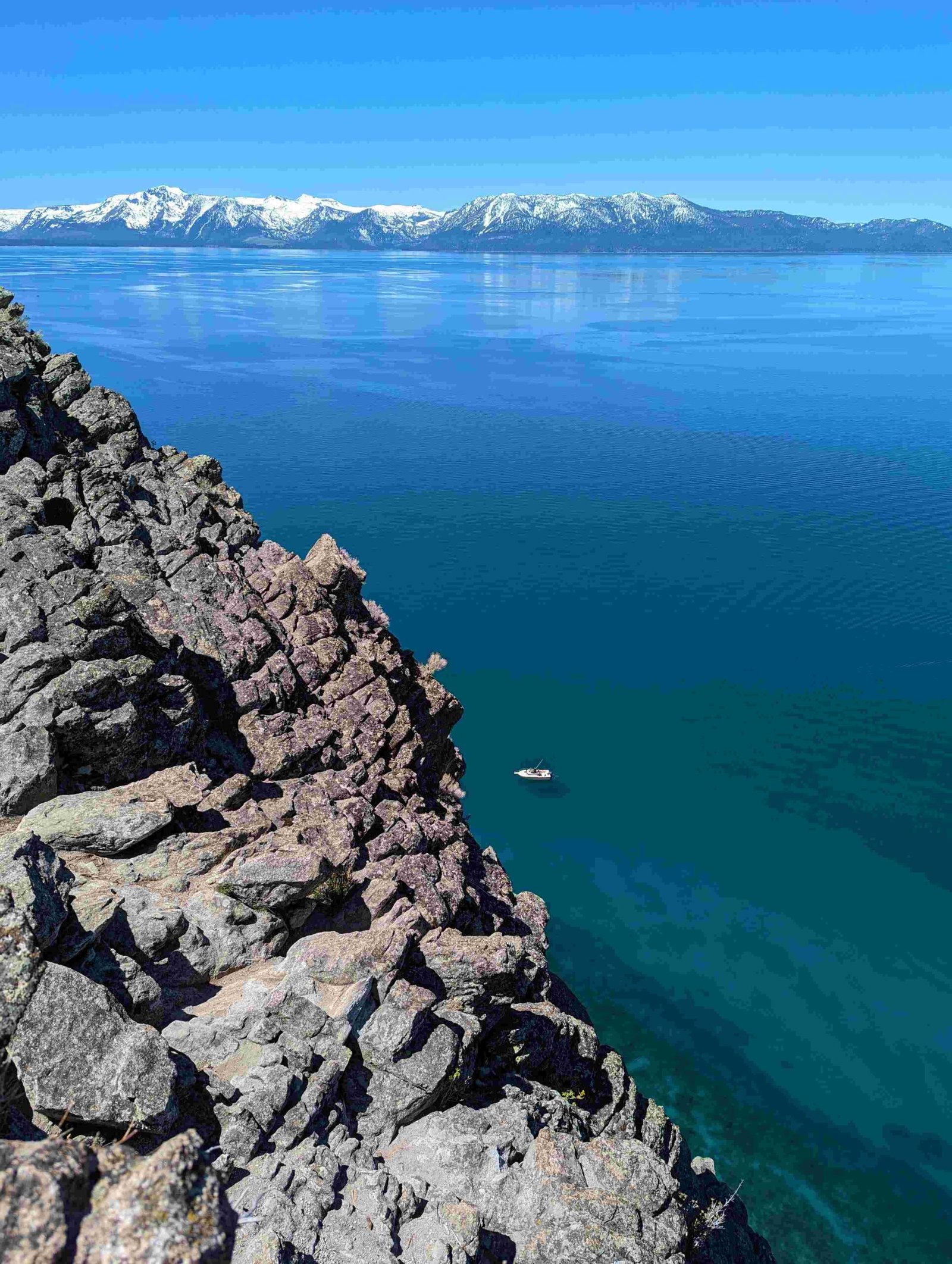Lake Tahoe offers a unique swimming experience with its crystal-clear alpine waters, presenting swimmers with a refreshing challenge during summer months. While the water temperatures range from 65-70°F in peak season, adventurous swimmers can enjoy the lake’s pristine environment by understanding temperature variations, selecting optimal swimming locations, and preparing appropriately for the cooler mountain water conditions.
What Makes Lake Tahoe Suitable for Swimming?
Lake Tahoe’s swimming potential depends on several critical factors that determine water temperature and swimmer comfort. Understanding these elements helps visitors plan their aquatic adventures more effectively.
How Cold is Lake Tahoe Water?
| Month | Water Temperature | Comfort Level |
|---|---|---|
| June | 58-62°F | Chilly |
| July | 65-68°F | Cool |
| August | 68-70°F | Moderate |
| September | 62-65°F | Cooling Down |
Temperature Factors Influencing Swim Comfort
- Elevation Impact
- Located at 6,225 feet above sea level
- Alpine environment affects water warming
-
Slower heat absorption compared to lower-altitude lakes
-
Depth Considerations
- Maximum depth of 1,645 feet
- Slower water temperature changes
- Deep water maintains cooler temperatures longer
Where Are the Best Swimming Locations?
Lake Tahoe offers multiple swimming spots with varying temperature and accessibility:
- Sand Harbor Beach
- Moderate water temperatures
- Well-maintained facilities
-
Scenic mountain backdrop
-
Kings Beach State Recreation Area
- More consistent water temperatures
- Family-friendly environment
-
Gradual beach entry
-
Emerald Bay State Park
- Stunning visual landscape
- Cooler water temperatures
- Recommended for experienced swimmers
What Safety Precautions Should Swimmers Take?
Essential Swimming Recommendations
- Wear a wetsuit for extended swimming
- Limit continuous water exposure
- Bring warm towels and changing clothes
- Monitor body temperature
- Swim near designated areas
- Never swim alone
How to Prepare for Lake Tahoe Swimming?
Physical Preparation
– Acclimate to cold water gradually
– Practice controlled breathing techniques
– Build cold water tolerance through short exposures
– Consider thermal protection gear
Equipment Recommendations
– Neoprene wetsuit (3-5mm thickness)
– Swim cap
– Water shoes
– Quick-dry towel
– Thermal layers for post-swimming
When is the Best Time to Swim?
The optimal swimming window occurs between mid-July and late August when water temperatures peak. Experienced swimmers might extend this range from June to September, depending on personal cold water tolerance.
Additional Considerations
- Air temperature significantly influences perceived water comfort
- Afternoon hours provide slightly warmer water conditions
- Individual cold tolerance varies widely
Pro Tip: Always check local weather forecasts and water temperature reports before planning your Lake Tahoe swimming adventure.
Physical and Mental Benefits
Swimming in Lake Tahoe’s cool waters offers unique physiological advantages:
– Enhanced cardiovascular performance
– Improved cold water adaptation
– Mental resilience development
– Stress reduction through natural environment exposure
Conclusion
Lake Tahoe provides a distinctive swimming experience that challenges and rewards adventurous water enthusiasts. By understanding temperature dynamics, selecting appropriate locations, and preparing adequately, swimmers can safely enjoy this magnificent alpine lake.

